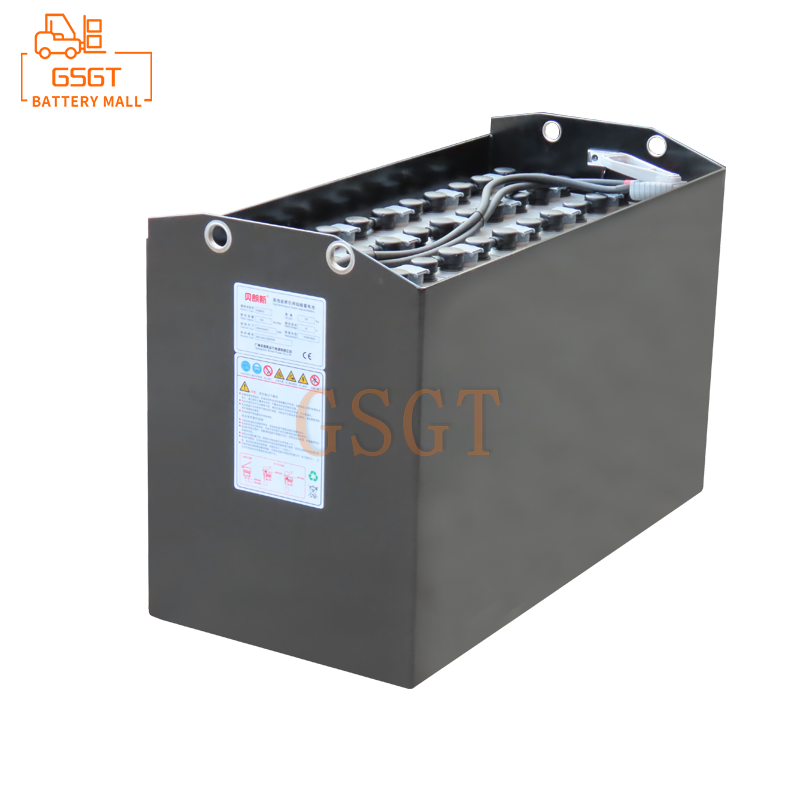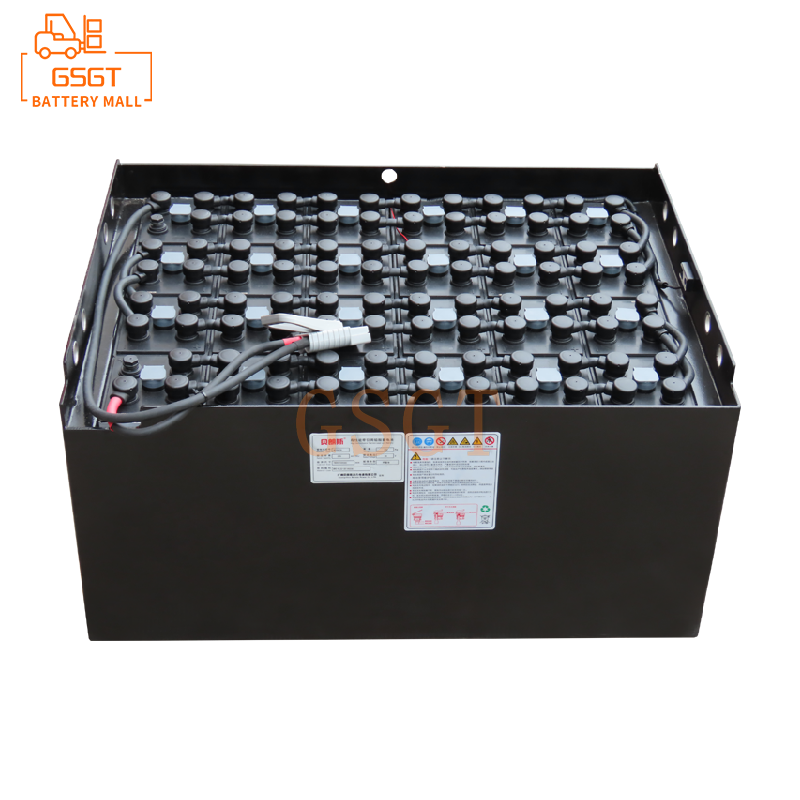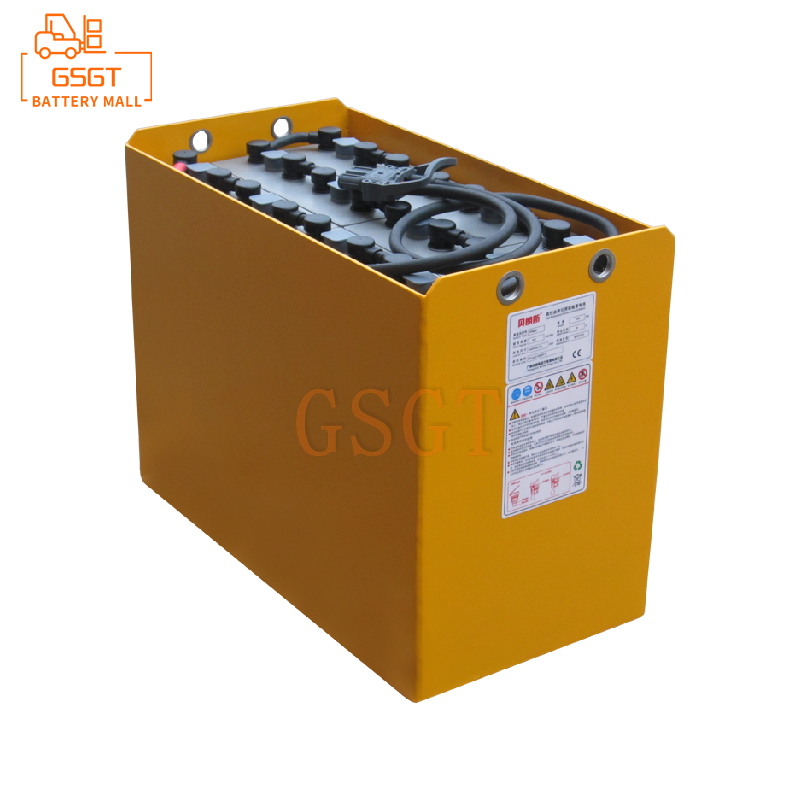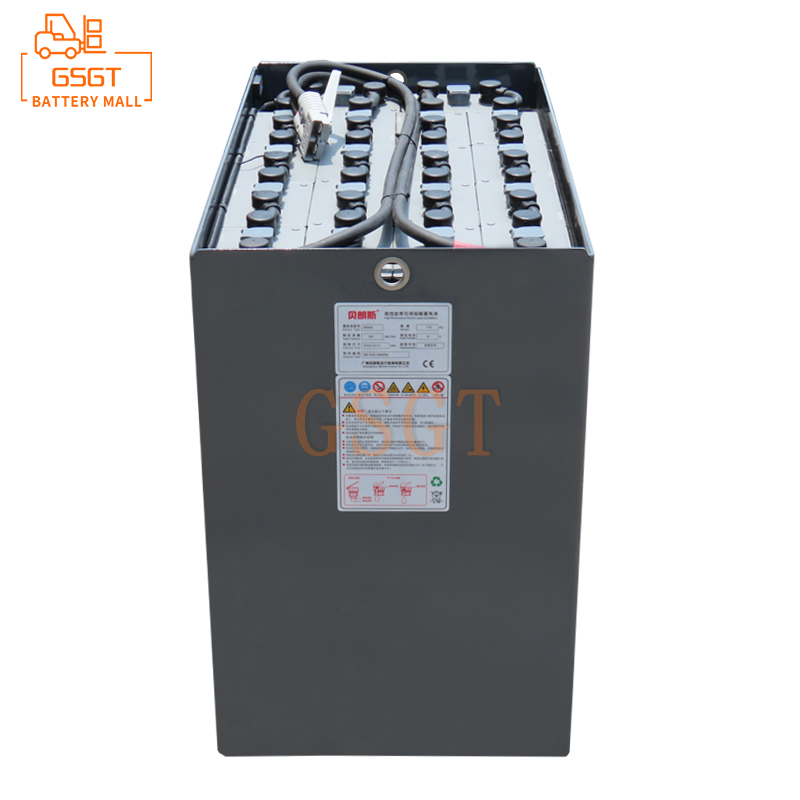Time:2025-06-13 10:45:04
Browse:610
In industries such as logistics and warehousing, forklifts, as important handling equipment, their operational efficiency directly affects the production progress of enterprises. As the power source of forklifts, the performance of forklift batteries is often severely challenged in the low-temperature environment of winter. How to enhance the performance of forklift batteries in winter and ensure the continuous and efficient operation of forklifts has become an urgent problem for many enterprises to solve.
The influence of low temperature on the performance of forklift batteries
The capacity has decreased significantly.
Forklift batteries are mostly lead-acid batteries or lithium batteries, and their working principle is based on the generation of electrical energy through internal chemical reactions. In a low-temperature environment, the rate of chemical reactions inside the battery slows down sharply. Take lead-acid batteries as an example. For every 1℃ drop in temperature, the battery capacity will approximately decrease by 0.8% to 1%. This means that in the cold winter, the handling tasks that forklifts were originally capable of completing may not be accomplished smoothly due to the reduction in battery capacity, requiring more frequent charging, which seriously affects work efficiency.
The charging efficiency has been greatly reduced
Low temperatures significantly increase the internal resistance of batteries. During the charging process, more electrical energy is converted into heat, causing the battery to heat up. However, the actual energy used for charging decreases, and the charging efficiency drops sharply. For instance, under normal circumstances, it may take 6 to 8 hours to fully charge a battery. In low-temperature environments, this time could be extended to 8 to 10 hours or even longer. This not only increases the waiting time but also may affect the scheduling plan of forklifts.
The battery life is accelerating its shortening
Frequent charging and discharging in low-temperature environments can cause irreversible damage to batteries and accelerate their aging process. The plates inside the battery may experience sulfation, leading to a permanent decline in battery capacity, significantly shortening the battery's service life and increasing the equipment maintenance costs for enterprises.
Practical methods to improve the winter performance of forklift batteries
Adjust the charging strategy
Optimize charging parameters: Adjust the charging voltage and current of the charger reasonably according to the changes in ambient temperature. Generally speaking, at low temperatures, it is necessary to appropriately increase the charging voltage to compensate for the voltage drop caused by the increased internal resistance of the battery, but it must be strictly controlled within the allowable range of the battery to avoid overcharging. For instance, when charging lead-acid batteries in winter, the charging voltage can be increased by 0.2 to 0.3V. At the same time, appropriately reduce the charging current to decrease battery heat generation and improve charging efficiency.
Utilize the temperature compensation function: Select an intelligent charger with temperature compensation function. Such chargers can automatically detect the ambient temperature and battery temperature, and adjust the charging parameters according to the preset algorithm to ensure that the battery can obtain the most suitable charging conditions at different temperatures, effectively improving the charging effect.
Timely charging and avoiding overcharging: After each use of the forklift, the battery should be charged as soon as possible to prevent it from remaining in a low-power state for a long time, as the battery is more prone to damage from low temperatures when it is in a low-power state. At the same time, it is necessary to avoid overcharging. Overcharging will cause the battery to generate excessive heat, accelerating water loss and plate aging. When the battery is fully charged, the power supply of the charger should be cut off in time.
Take good measures to keep the battery warm
Indoor storage and preheating: If conditions permit, when the forklift is not in use, store the battery in a warm indoor environment and keep the battery temperature above 5℃, which can effectively reduce the loss of battery capacity. Before starting the forklift, remove the battery from the room in advance and leave it for a period of time to allow the battery to adapt to the outside temperature, or use a dedicated battery preheating device to preheat the battery to increase its initial temperature and improve its performance.
Wrap with thermal insulation materials: Wrap the battery with a layer of thermal insulation materials, such as foam plastic, glass fiber mat, etc. These materials have good heat insulation performance, which can reduce the heat loss of the battery and keep the battery temperature relatively stable. When wrapping, it is necessary to leave the battery's heat dissipation holes and terminal posts and other parts to ensure normal heat dissipation and connection of the battery.
Install heating devices: Install electric heating plates, heating tapes and other heating devices around the battery pack, and equip it with a temperature controller. When the battery temperature is lower than the set threshold, the heating device starts automatically to heat up the battery. When the temperature reaches the appropriate range, the heating device will automatically stop working to prevent the battery from overheating.
Strengthen the daily maintenance of batteries
Keep the battery clean: Regularly clean the battery surface to remove dust, dirt and corrosive substances to prevent these impurities from affecting the battery's heat dissipation and electrical performance. Wipe the battery with a clean damp cloth. Avoid using corrosive cleaners to prevent damage to the battery casing.
Check the electrolyte level: For lead-acid batteries, it is necessary to regularly check the electrolyte level to ensure it is within the normal range. If the liquid level is too low, distilled water or special electrolyte should be replenished in time. When supplementing, pay attention to the appropriate amount to avoid the overflow of the electrolyte.
Perform equalization charging: Regularly perform equalization charging on the battery, especially for battery packs composed of multiple individual battery cells. Equalization charging can eliminate the voltage differences between individual battery cells, enabling each cell to be fully charged, enhancing the overall performance and consistency of the battery pack, and extending its service life.
Plan forklift operations reasonably
Avoid deep discharge: Try to keep the battery's charge at a relatively high level to prevent excessive battery discharge. When arranging the tasks of forklifts, it is necessary to fully consider the remaining battery power and the working intensity, and reasonably plan the operation routes and times to avoid the battery power being exhausted due to the forklift's continuous operation for a long time. It is generally recommended that when the battery power drops to 20%-30%, it should be charged in time.
Optimize driving operations: When driving forklifts in winter, drivers should adopt a smooth driving style and avoid sudden acceleration, sudden braking and frequent starts. These operations will increase the instantaneous discharge current of the battery and accelerate battery wear. Maintaining the forklift at a constant speed can effectively reduce the energy consumption of the battery and extend its service life.
Case analysis and data support
When a certain logistics warehouse used forklifts in winter, it achieved remarkable results by taking the above-mentioned measures to improve battery performance. Before taking measures, the capacity of forklift batteries decreased significantly in low-temperature environments. They needed to be charged 2 to 3 times a day, and their working efficiency was relatively low. It was common for forklifts to stop working halfway due to insufficient power. After implementing measures such as adjusting charging parameters, wrapping batteries with insulation materials, and strengthening battery maintenance, the decline in battery capacity has significantly decreased. The daily charging frequency has been reduced to 1-2 times, and the continuous working time of forklifts has been extended by 20% to 30%. This has greatly improved the efficiency of goods handling in logistics warehouses and reduced operating costs.
Summary
The low-temperature environment in winter has a relatively serious impact on the performance of forklift batteries. However, through a series of practical measures such as reasonably adjusting the charging strategy, taking good battery insulation measures, strengthening daily battery maintenance, and rationally planning forklift operations, the performance of forklift batteries in winter can be effectively improved, ensuring the normal operation of forklifts, enhancing the production efficiency of enterprises, and reducing operating costs. Enterprises should attach great importance to the maintenance and management of forklift batteries in winter, and choose appropriate methods based on the actual situation to provide a strong guarantee for the stable operation of forklifts.

$2450

$5710

$1690

$1630

MESSAGE
Professional And Efficient
Security
Affordable Price
Professional Services